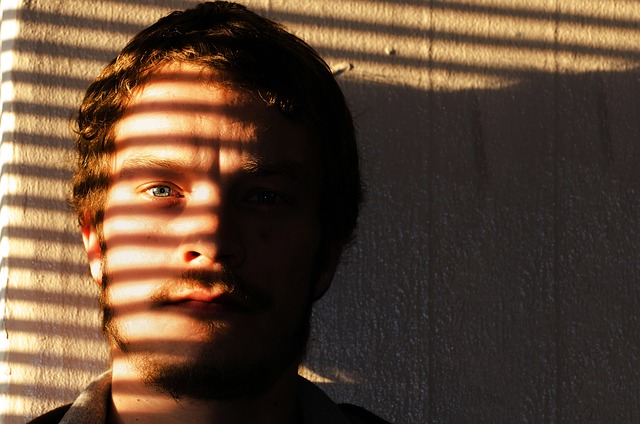I have enjoyed playing tennis since I was about 10 years old. It is only recently that I have come to realise what an opportunity playing tennis represents in terms of developing mindfulness.
Jon Kabat-Zinn defines mindfulness in the following words:
Mindfulness is awareness that grows through paying attention, on purpose, in the present moment, non-judgementally.
Paying attention
With tennis, you learn to focus and concentrate on the tennis ball and to tune out other distractions – planes flying overhead on their approach to the airport, voices from other courts, the sound of tennis balls being hit on courts, near and far.
If you entertain distractions – stop paying attention – you lose concentration and invariably mishit the ball, or worse, miss the ball entirely.
In this day and age, with “disrupted attention” and the decline in our capacity to focus on a task, practicing paying full attention to a tennis ball is a great way (and enjoyable means for some) to redress that declining capacity.
On purpose
Well, even in social tennis which I play on a weekly basis, the purpose is to win the point or the game for yourself and your partner. There are times when you are more mindful, the purpose is the sheer enjoyment of playing the game.
It is only when you lose something that you really appreciate having had it. Many years ago, when my back collapsed and I could not walk, let alone play tennis, I began to really appreciate the opportunity to play when I was fit enough (18 months later). So now I remind myself what a privilege it is to be able to run and hit the ball and just enjoy the act of playing tennis and its associated pleasures – the conviviality of other social players, the new relationships that are formed, and the sense of satisfaction from the exercise and demonstration of some aspect of skill and competence in the game of tennis. This certainly develops a sense of gratitude.
In the present moment
Sometimes when you play tennis, you become very aware of your surroundings – the feel of the wind, the freshness of the air and the smells of flowering plants and trees and freshly cut grass, the sound of birds flying overhead or the laughter and enjoyment of others.
You are really in the present moment in terms of your external environment. At other times, your focus on the ball makes you really conscious of what is happening here and now.
There are times when I just marvel at my mind’s capacity, almost instantaneously, to read the spin and speed of the ball coming to me, to get my body into position to return the shot, to assess the balance and positioning of the opposing players and to determine and execute a responding tennis shot with the right spin, angle and speed – certainly an instance of unconscious competence and a cause for delight in the moment.
Non-judgementally
On the tennis court, as in life and work, we can experience negative thoughts and doubts, emotions that distract us from the task at hand and cause us to lose concentration and focus. You might be undermining your confidence and competence by the thoughts that pass through your mind – “I’ve missed three returns in a row!”, “What will my partner think?”, “The other players seem to be so good, can I give them a decent game?”.
So, you have to learn to let these thoughts pass you by and not entertain them or they really negatively impact your game. You gain self-awareness about your anxieties and concerns, your self-evaluation and your assumptions about others and their needs.
You also learn self-management in terms of not getting upset or “sounding off” (or, in the extreme, smashing your racquet), when you miss a shot or fall behind in a game. You have to learn to control your emotions – disappointment, frustration or even anger – and to channel the negative energy to a more positive focus.
In my situation, where I am older than most of the other social tennis players, I have to learn to deal with the negative impact of their assumptions. Some people who have not played against or with me before, assume that being older I am slower to the ball and not able to hit a decent shot, so they will not hit the ball to me because they think that I will “muck” up the rally. Others, who have played with me or against me on a number of occasions (or who know that I played competitive A Grade tennis for years), will not hit the ball to me in a rally because they are concerned that I will hit the winning shot and finish the rally. The net result is the same – I feel excluded from some rallies. I have had to learn to stay focused, to enjoy the moment and stay uncritical about these assumptions and how they play out for me.
Being mindful
What served as a catalyst for this post, is a description of being mindful during tennis which was recorded in a novel, Purity, by Jonathan Franzen. Purity, or Pip as she was called, was having an extended hit of tennis with her hitting partner, Justin. Franzen describes Pip’s mindful experience in these words:
Pip was in an absolute groove with her forehand…They had impossibly long rallies, back and forth, whack and whack, rallies so long that she was giggling with happiness by the end of them. The sun went down, the air was deliciously cool, and they kept hitting. The ball bouncing up in a low arc, her eyes latching on to it, being sure to see it, just see it, not think and her body doing the rest without being asked to. That instant of connecting, the satisfaction of reversing the ball’s inertia, the sweetness of the sweet spot…she was experiencing perfect contentment. Yes, a kind of heaven: long rallies on an autumn evening, the exercise of skill in light still good enough to hit by, the faithful pock of a tennis ball. (p.545)
Playing tennis can help us to grow in mindfulness if we maintain our attention and focus, be conscious of our purpose in playing, experience and enjoy the moment and learn to manage our own negative self-judging and associated emotions. It is a great learning opportunity for mindful play and the development of skills that can transfer to other arenas of our lives.
By Ron Passfield – Copyright (Creative Commons license, Attribution–Non Commercial–No Derivatives)
Image source: courtesy of skeeze on Pixabay









